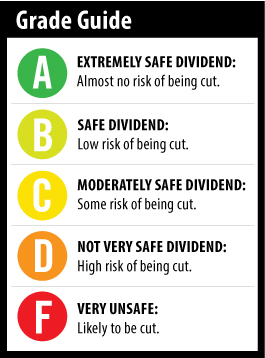 In the comments section of last week’s column on another 12% yielder, Patricia asked me to take a look at Navios Maritime Partners (NYSE: NMM) – a dry cargo shipping company whose stock is a master limited partnership (MLP).
In the comments section of last week’s column on another 12% yielder, Patricia asked me to take a look at Navios Maritime Partners (NYSE: NMM) – a dry cargo shipping company whose stock is a master limited partnership (MLP).
I’m glad she did, because this is an interesting situation…
We’ve discussed MLPs many times before and how they are different from other stocks when it comes to taxes and dividends. (For a quick primer on MLPs, read No. 3 in this article.)
[ad#Google Adsense 336×280-IA]Earlier this month, Navios reported second quarter earnings, and when it did, management made a very significant announcement regarding the dividend.
The company took out a $250 million loan to refinance existing debt, buy new vessels and secure the dividend.
CEO Angeliki Frangou stated that the funds will also be used to secure the dividend through 2014.
Furthermore, business conditions are improving.
Margins are up and 95.6% of the company’s available shipping days are contracted. In 2014, Navios has contracts for 44% of shipping days and 34% in 2015.
Additionally, the company has insurance in place to guarantee up to $120 million in revenue.
Short but Sweet
Navios has a short, but solid, history of paying investors. The stock has a bountiful yield of 11.8%, and the company has raised the dividend for five straight years at an average pace of nearly 5% per year.
Cash flow from operations has easily covered the dividend every year, although that’s not been the case in the first six months of this year. During the first two quarters, Navios generated $51.1 million in cash flow from operations versus $59.8 million paid out in dividends.
The shipping business requires a lot of investment. Those capital expenditures decrease free cash flow. And year after year, Navios’ free cash flow has not been enough to pay the dividend.
For example, in 2012, Navios paid out $107 million in dividends against $179 million in cash flow from operations but just $69 million in free cash flow. In 2011, $95 million in dividends were paid, while the company generated $127 million in cash flow from operations and $7 million in free cash flow.
Those figures would normally raise a red flag for me. But considering the company’s ability to raise the dividend for the past five years and a statement that the dividend is secure through 2014, I’m not especially worried about the next 18 months.
Starting in 2015, I might start to get concerned, but I’d have to look at the financials toward the end of 2014. To try to guess now whether the dividend will be safe in 2015 would be pure speculation.
Again, if the company didn’t have a solid track record, I’d say there is some risk that the dividend will be cut and I’d likely give it a lower rating. But considering that management has figured out ways to ensure that shareholders get paid, I’m willing to give it the benefit of the doubt for at least another year.
Dividend Safety Rating: B

— Marc Lichtenfeld
[ad#leeb-article]
Source: Wealthy Retirement

